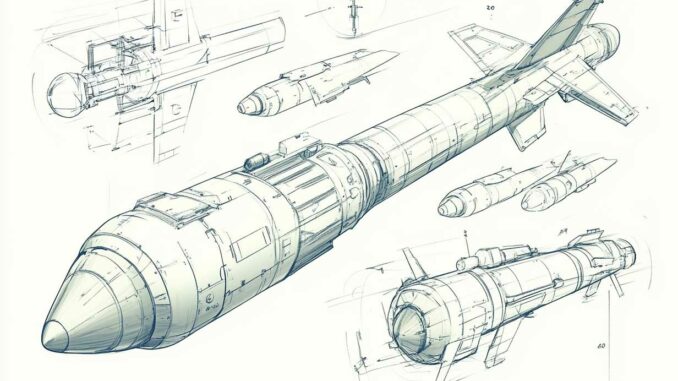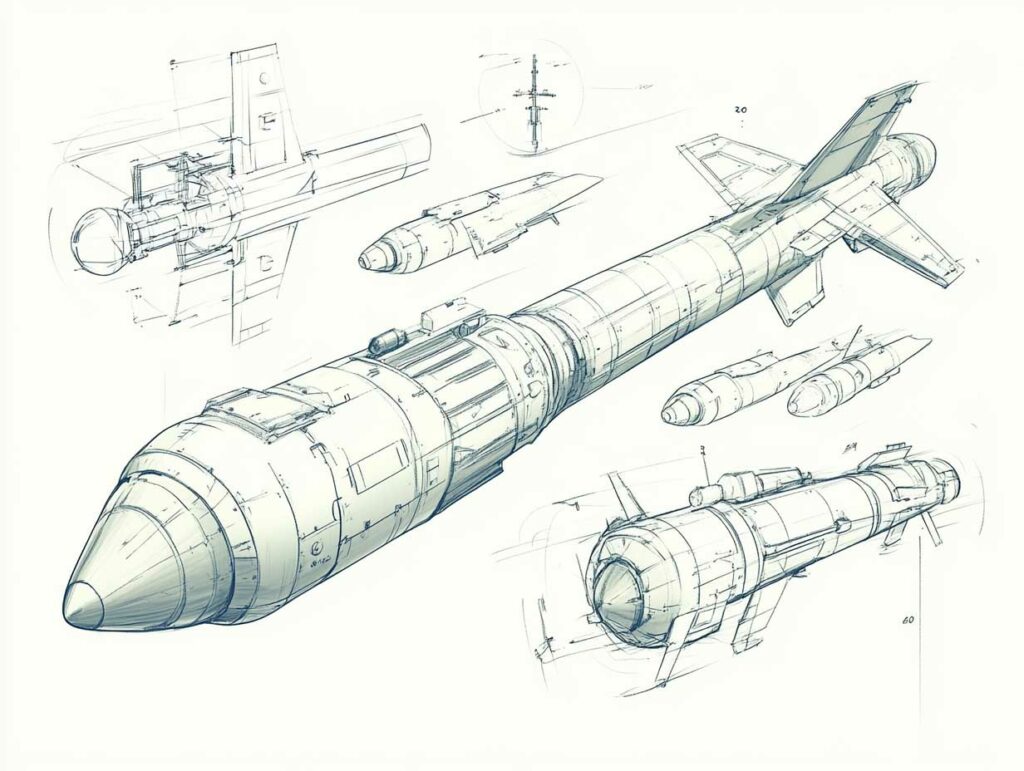
Israel is deploying EnforceAir2, an advanced anti-drone system, to protect its maritime infrastructure from growing threats.
Israel has integrated the EnforceAir2 system, developed by D-Fend Solutions, to counter hostile drones threatening its maritime installations. This system uses RF cyber-takeover technology to detect, locate, and neutralize drones without resorting to kinetic measures. Installed on Saar-class corvettes, EnforceAir2 provides effective protection for Israeli offshore gas platforms. At the same time, the Iron Dome system, although costly, continues to play a crucial role in the country’s air defense.
EnforceAir2: a technological response to drone threats
The EnforceAir2 system represents a significant advance in the fight against malicious drones. Developed by D-Fend Solutions, it stands out for its ability to take control of hostile drones via radio frequency signals, forcing them to land safely or crash in designated areas.
Technical specifications
- Detection and location: The system uses a 464 mm radome to detect drones within a wide radius.
- Neutralization: Using a 12.8 kg software-defined radio transmitter, EnforceAir2 sends signals to disable or take control of drones.
- Portability: The system is designed for easy transport, allowing rapid deployment at various sites.
This technology offers a non-kinetic alternative to traditional drone neutralization methods, reducing the risk of collateral damage.

Strategic deployment on Saar corvettes
Israel has equipped its Saar-class corvettes with the EnforceAir2 system to protect its offshore gas facilities in the Mediterranean. These ships play a crucial role in securing the country’s energy resources, which are often targeted by hostile groups.
Geopolitical context
Israeli gas facilities are located in a region prone to tensions, particularly with Iranian-backed groups such as the Houthis in Yemen. The latter have already launched missiles at Israel and its facilities, highlighting the need for robust defense.
The integration of EnforceAir2 on corvettes enables constant surveillance and rapid response to air threats, thereby enhancing the security of critical infrastructure.
Cost and effectiveness: EnforceAir2 vs Iron Dome
The Iron Dome system, while highly effective, has high operating costs. Each Tamir missile used costs approximately $50,000, and it is common to fire two per target to ensure interception, doubling the cost per neutralized threat.
In comparison, EnforceAir2 offers a more economical solution for countering drones, with a unit cost ranging from a few hundred to a few thousand euros. The system itself is estimated to cost several hundred thousand euros, but its ability to neutralize multiple drones without additional ammunition makes it a cost-effective option.
This cost difference allows Israel to optimize its resources by using EnforceAir2 for drone threats and reserving Iron Dome for more significant threats, such as ballistic missiles.
Implications for Israeli defense strategy
The adoption of EnforceAir2 marks an evolution in Israeli defense strategy, emphasizing advanced and cost-effective technological solutions to counter asymmetric threats.
Strategic advantages
- Cost reduction: Less reliance on expensive systems such as Iron Dome for drone threats.
- Operational flexibility: EnforceAir2 can be rapidly deployed to various land and sea locations.
- Reduced collateral damage: Non-kinetic neutralization minimizes risks to civilians and infrastructure.
This approach allows Israel to strengthen its defense while optimizing the use of its resources, effectively responding to current and future threats.
Export prospects and international implications
The success of EnforceAir2 could open up export opportunities for D-Fend Solutions. Many countries are looking to strengthen their defenses against drones, and a proven solution such as EnforceAir2 could meet this demand.
Potential market
- European countries: Faced with the rise of asymmetric threats, several European countries may be interested in effective and economical anti-drone systems.
- United States: Although it has its own systems, the United States may consider EnforceAir2 for specific applications or to complement its existing capabilities.
- Asian countries: With the proliferation of drones in the region, countries such as India and Japan could also be potential customers.
The export of EnforceAir2 would strengthen Israel’s position as a leader in defense technology and contribute to global security against drone threats.
Israel’s deployment of EnforceAir2 illustrates a strategic adaptation to modern threats, combining efficiency, economy, and technological innovation. By integrating this system into its defense, Israel is strengthening its ability to protect its critical infrastructure while optimizing the use of its resources. This approach could serve as a model for other nations facing similar threats.
War Wings Daily is an independant magazine.